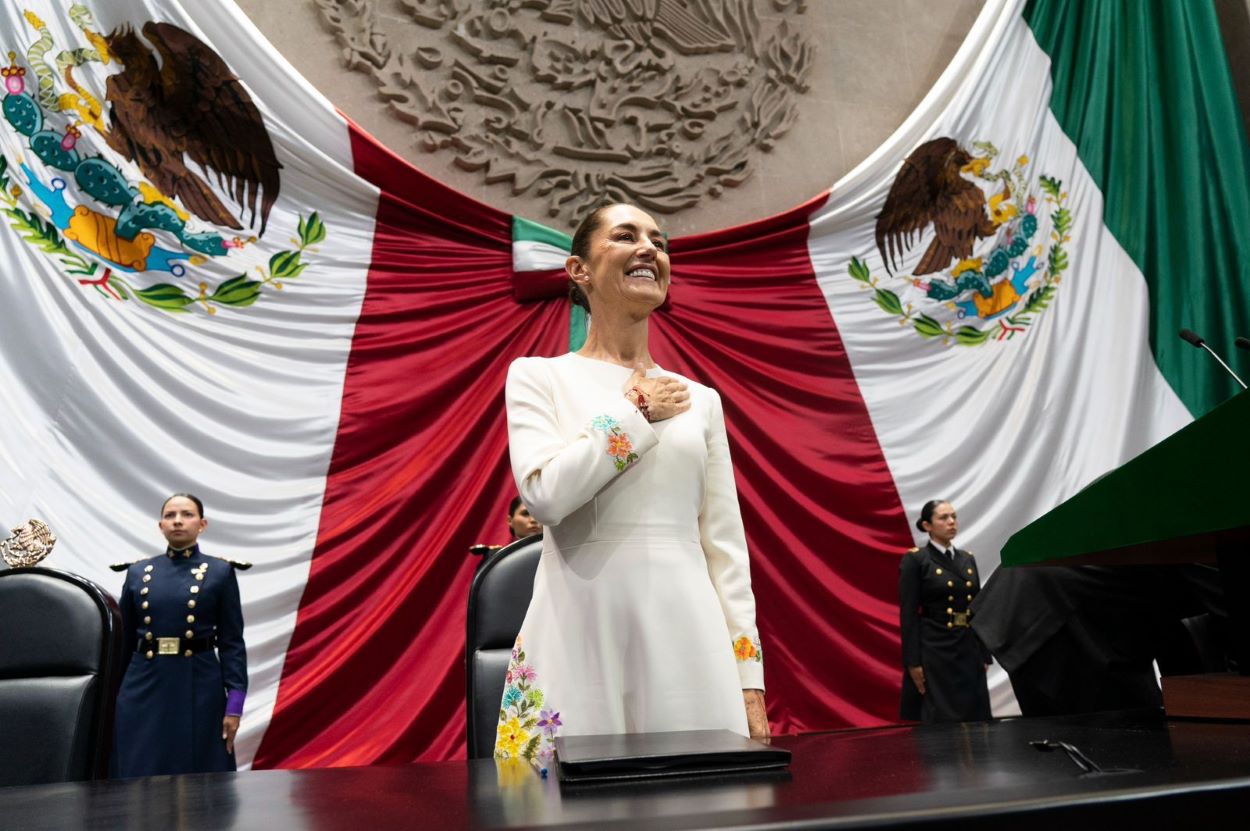Cholera and the Road to Modernity: Lessons from One Latin American Epidemic to Another
Cholera and the Road to Modernity: Lessons from One Latin American Epidemic to Another
A bold, comprehensive campaign to control cholera in Haiti could save thousands of lives. So why the holdup?
Haiti is currently battling the world’s largest cholera epidemic in half a century. An integrated, comprehensive response—including case-finding and rapid treatment, water and sanitation efforts, and vaccination—could bring cholera to heel on Hispaniola and help prevent its spread elsewhere in the region. But the local and international response has, to date, fallen short. Tens of thousands of cases and hundreds of deaths were reported in May and June of this year.
If the disease had appeared in the United States or elsewhere in the developed world, all available control tools would have been deployed. But the safe, effective and inexpensive cholera vaccine has only recently become available in Haiti. In April, the Haitian Ministry of Health and two healthcare nonprofits began delivering vaccines to about 91,000 people in rural and urban Haiti.
If this pilot project is deemed successful at integrating vaccination into the ongoing response, should a similar comprehensive approach be scaled up nationwide?
An answer might be found by exploring the history of the Latin American cholera epidemic of the 1990s. Some public health experts have argued that the 1990s epidemic was finally curbed as a result of the development of water and sanitation systems in the afflicted countries. But the profound biosocial complexity associated with the ebb and flow of cholera—which is shaped by manifold epidemiological, environmental and social factors in all settings—challenges such claims of causality.
Amid such uncertainty and different interpretations of what accounted for the end of the last epidemic, vaccination should be integrated into the ongoing response to cholera in Haiti as a bridging intervention to save lives and buy time while water and sanitation systems are reinforced in the years ahead. A bold, comprehensive response, led by the Haitian Ministry of Health and bolstered by local and international groups, could slow—and perhaps stop—cholera in Haiti and help prevent its spread elsewhere.
Cholera in Haiti
On October 17, 2010, the community hospital in Mirebalais, a market town in central Haiti, saw an influx of patients with acute watery diarrhea. A few days later, a hospital in St-Marc, a coastal city downstream on the Artibonite River from Mirebalais, was overrun with patients with the same symptoms.
Within a month, cases had been reported in every department of Haiti, as well as in neighboring Dominican Republic and in Florida. Hospitals and clinics in rural and urban Haiti were unprepared for this explosion of need. Many lacked necessary supplies, from soap to intravenous fluids to hospital beds. Nearly 1 in 10 patients with cholera died in the first weeks of the epidemic—among the highest fatality rates recorded in recent history.
Read the full article at www.AmericasQuarterly.org.
Jonathan Weigel is a PhD candidate in Political Economy and Government at Harvard University. Paul Farmer is chair of the Department of Global Health and Social Medicine at Harvard Medical School and co-founder of Partners In Health.







